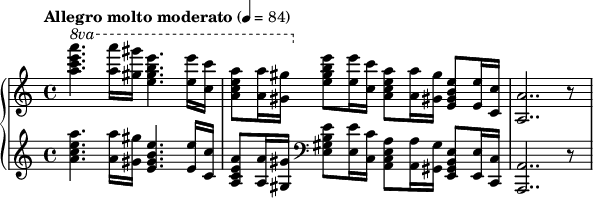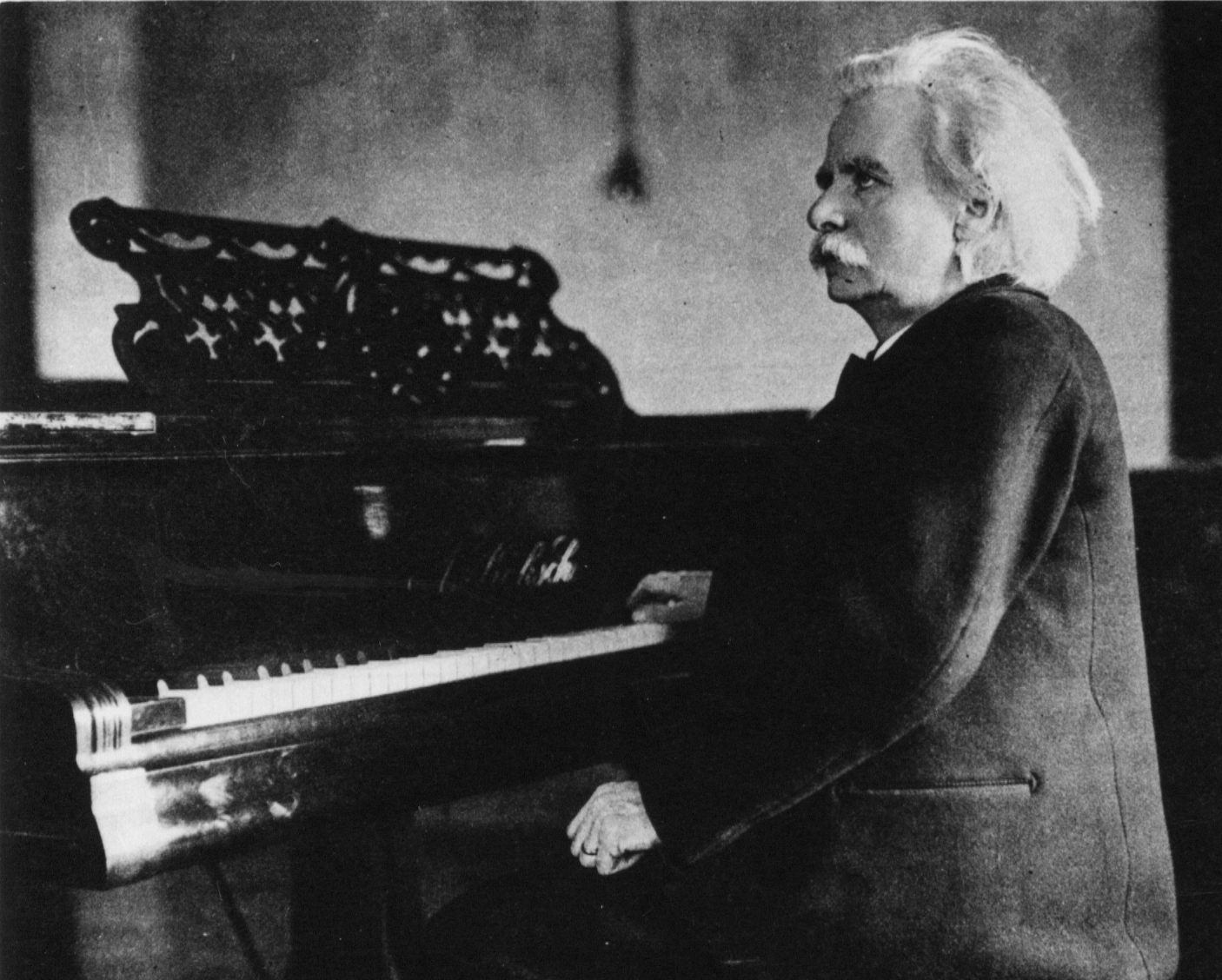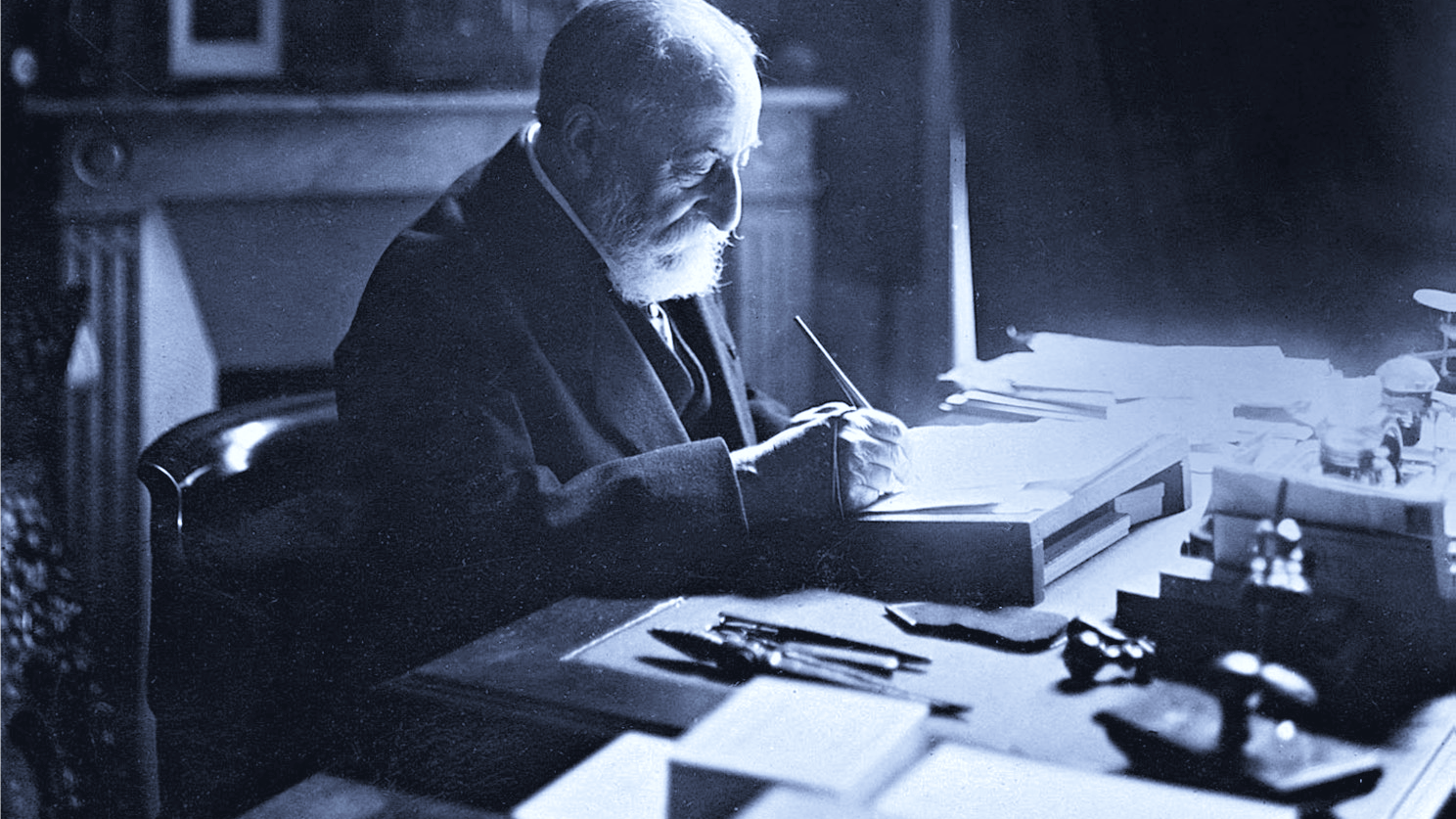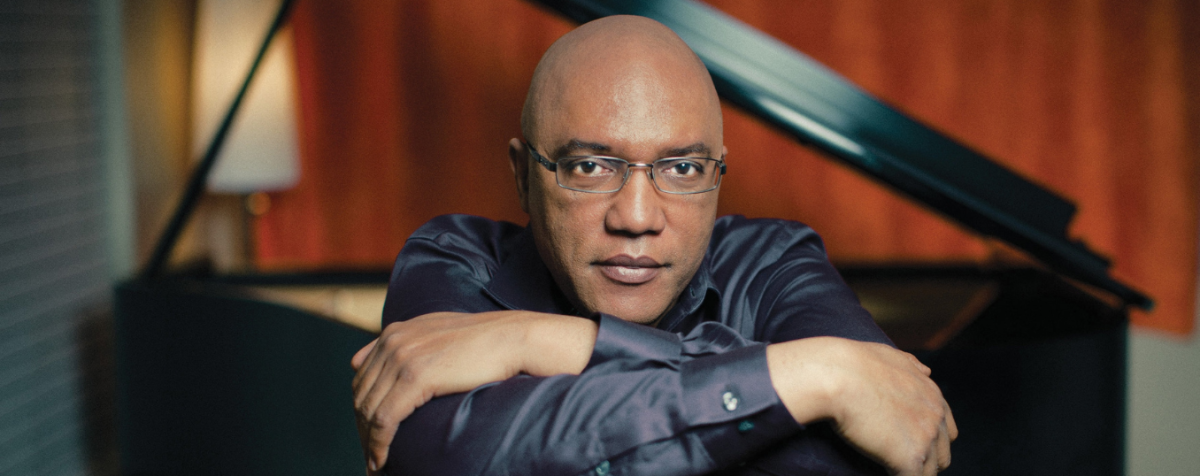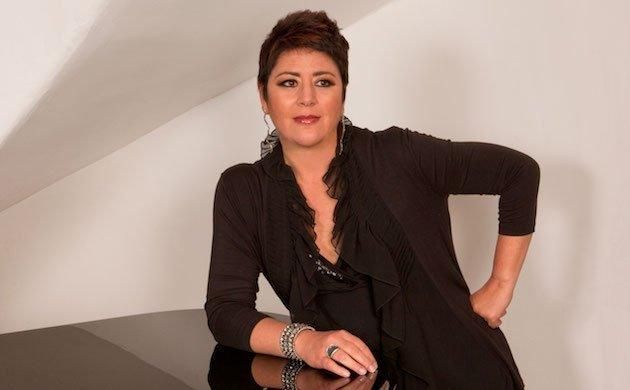THE STORY BEHIND: Grieg’s Piano Concerto
Share
THE STORY BEHIND: Grieg’s Piano Concerto
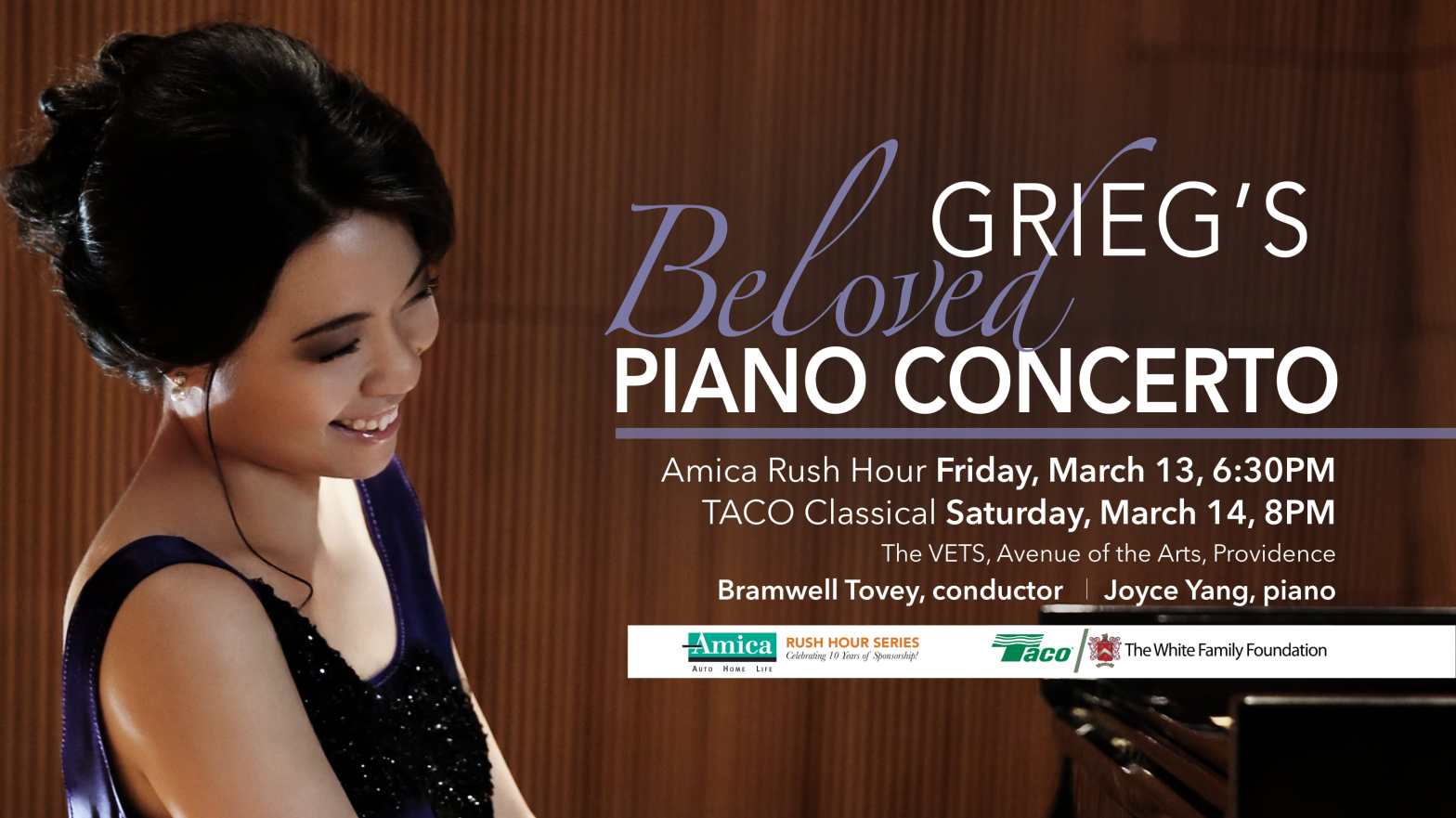
On March 13 & 14, pianist Joyce Yang will join Bramwell Tovey and the Rhode Island Philharmonic Orchestra for a program featuring Grieg’s Beloved Piano Concerto.
THE STORY BEHIND: Grieg’s Piano Concerto
Title: Piano Concerto, Op.16, A Minor
Composer: Edvard Grieg (1843–1907)
Last time performed by the Rhode Island Philharmonic: January 28, 2012 with Larry Rachleff conducting and soloist Alon Goldstein.
Orchestration: The piece is scored for a solo piano, piccolo, two each of flutes, oboes, clarinets, bassoons, four horns, two trumpets, three trombones, timpani and strings.
The Story:
Although Edvard Grieg revered Chopin and was himself dubbed “the Chopin of the North,” he looked to Schumann as a guide for the first movement of his own Piano Concerto. Beginning with the same choice of key and the explosive introduction, Grieg ran parallel to Schumann’s Piano Concerto in technical and formal matters as well. This does not mean that Grieg’s music is unoriginal. His concerto is one of the freshest sounding heroic piano concertos of the Romantic Era, and when Liszt played it through, he was enthusiastic about its originality. This was a youthful work stemming from 1868, and it formed not only the climax to Grieg’s early period but also became the longest concert work of his entire output. Despite the concerto’s widespread success, the composer was never quite satisfied with it and continued to tinker with the orchestration throughout his life. Every change, however, was an improvement.
Grieg’s vast lyrical gifts are obvious in the themes throughout, but themes are more folk-like in the outer movements. He constructs these in small bits, repeating the main ideas often but never becoming static. In the first movement, he works on them thoroughly. Toward the end come the brilliant piano solo and a final section cleverly formed from the movement’s introductory material.
Grieg next unfolds a three-part Adagio. The orchestra alone expresses the ravishing main theme. The piano enters in the contrasting, lighter middle section and continues by accompanying the orchestra through a reprise of the main theme.
The finale follows without a break. It has a dance-like main theme that contrasts with the lyrical innocence of the second theme. Following a dramatic section and a brief piano solo, the first theme returns in a lighthearted transformation. Grieg then tops the originality of this gesture with a slower apotheosis of the second theme that also serves as the movement’s finale. Upon playing this, Liszt is said to have jumped up from the piano exclaiming, “Splendid! That’s the real thing. . . . Keep it up, I tell you. You have what it takes – and don’t let anyone scare you.”
Program Notes by Dr. Michael Fink © 2019 ALL RIGHTS RESERVED
